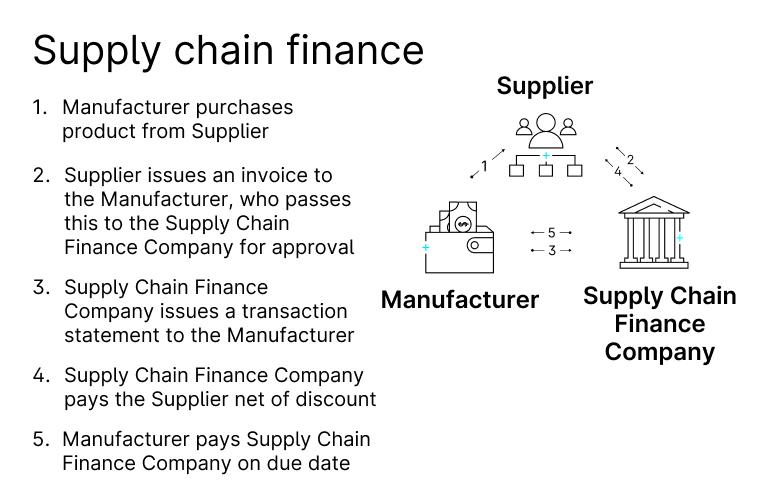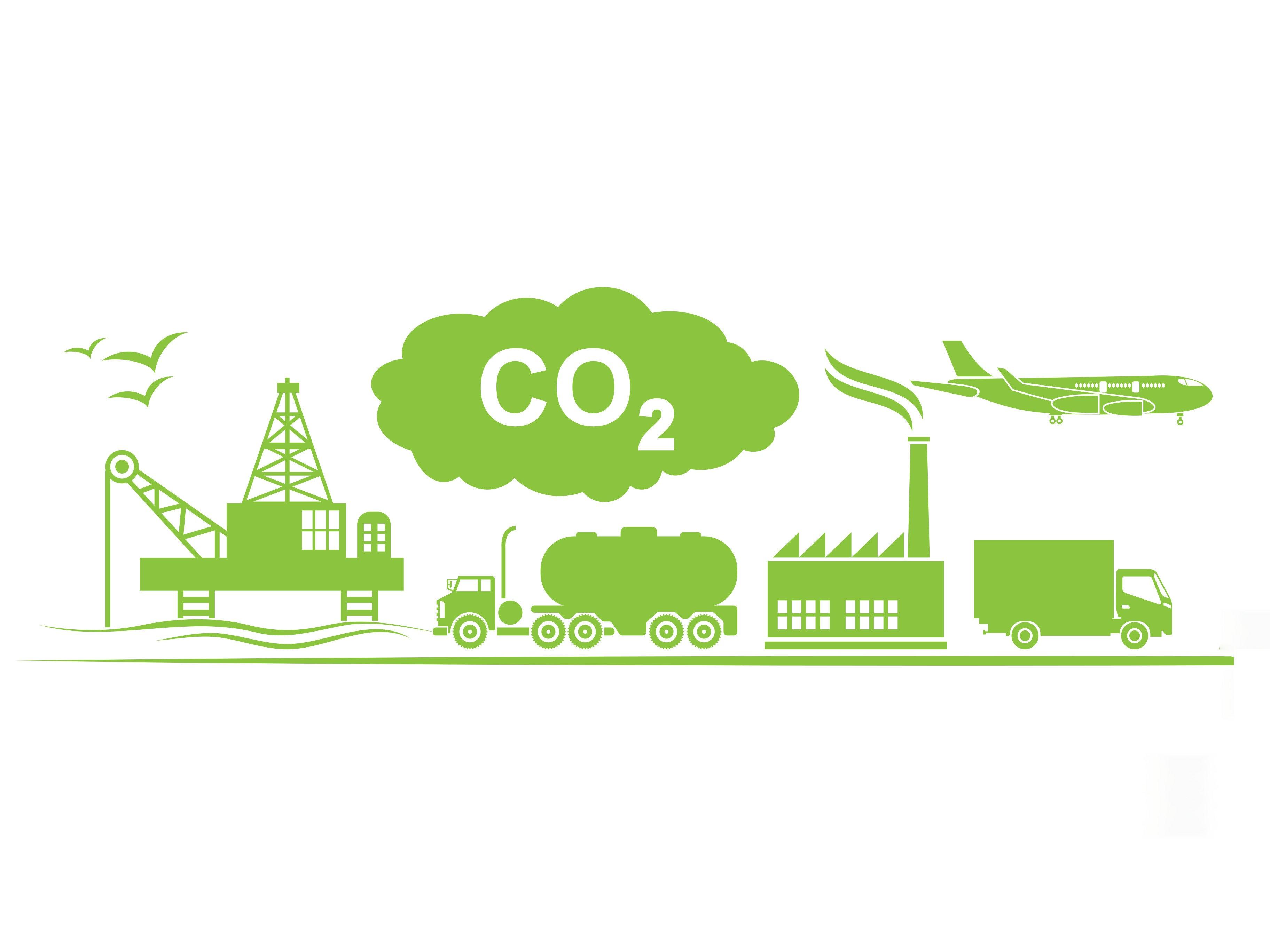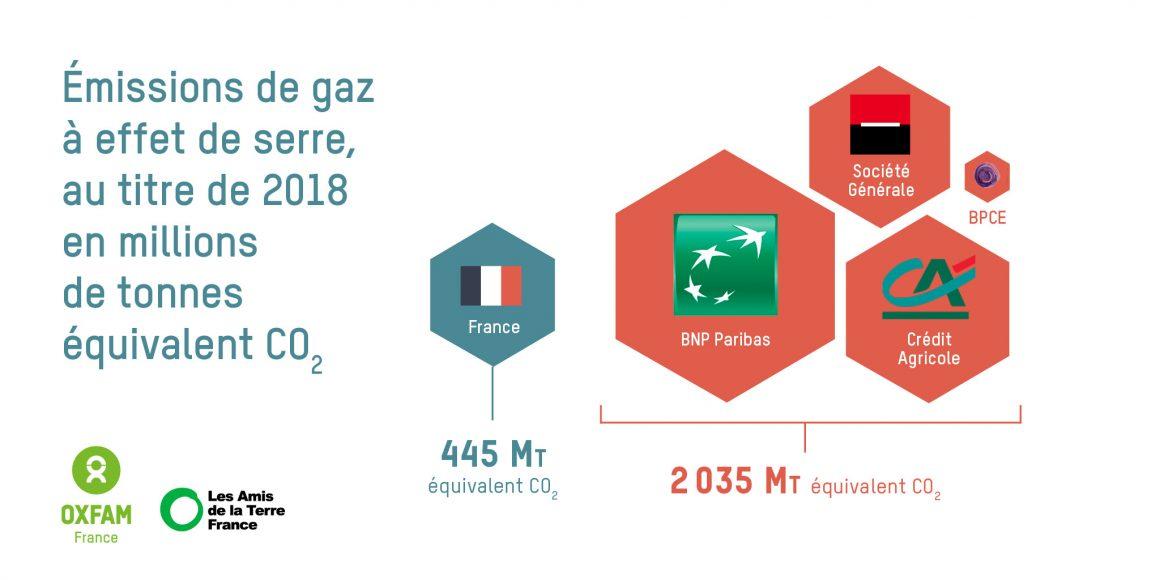In an era where climate change looms large, the financial sector is stepping onto the frontline in an unexpected battle: the fight against supply chain emissions. Traditionally seen as the custodians of capital, bold banks are redefining their roles, transforming from mere lenders to champions of sustainability. As industries grapple with the ecological repercussions of global supply chains, these forward-thinking institutions are leveraging their influence to instigate change and promote environmental responsibility among their clients. This article delves into the innovative strategies and collaborative initiatives that are empowering banks to lead the charge in reducing emissions, reshaping the landscape of corporate accountability, and paving the way for a greener future. Join us as we explore how these financial pioneers are not only investing in sustainability but are also challenging the status quo, setting a precedent for a new kind of economic leadership.
Transformative Strategies: How Banks are Innovating Supply Chain Financing
In an era where sustainability and innovation intertwine, financial institutions are leveraging advanced technologies to reshape the landscape of supply chain financing. By integrating solutions such as blockchain, artificial intelligence, and data analytics, banks are not just maintaining liquidity in supply chains but are also prioritizing environmental stewardship. The advent of real-time tracking systems allows lenders to monitor the environmental impact of financed projects, fostering accountability and promoting eco-friendly practices among suppliers. This innovative approach empowers banks to offer tailored financing solutions that incentivize reduced carbon footprints and sustainable practices.
Moreover, collaboration with fintech companies is becoming a pivotal strategy for banks to enhance supply chain financing. Through strategic partnerships, banks can access cutting-edge tools and platforms that streamline processes, ensuring faster loan approvals and reduced operational costs. Key features include:
- Dynamic discounting to encourage early payment discounts based on suppliers’ sustainability performance.
- Green financing products that promote investments in eco-friendly initiatives within supply chains.
- Predictive analytics which forecast potential disruptions, allowing for proactive financial solutions.
These progressive measures not only facilitate a more responsible supply chain but also contribute significantly to the broader goal of reducing global emissions in finance-related activities.

Empowering Sustainability: The Role of Banks in Encouraging Responsible Supplier Practices
As financial gatekeepers, banks possess a unique influence to reshape the landscape of sustainable supply chain practices. By integrating environmental, social, and governance (ESG) criteria into their lending and investment strategies, these institutions can drive their clients—businesses and suppliers alike—to adopt greener methods. Eco-friendly financing, coupled with advisory services aimed at sustainability, enables banks to encourage responsible behavior throughout the supply chain. Actions such as offering incentives for adopting cleaner technologies or funding innovations in sustainable sourcing can create a ripple effect, promoting an ecosystem where low-emission methods become the norm, not the exception.
Furthermore, banks can enhance transparency in supply chains through digital platforms that monitor compliance with sustainability standards. By developing tools that allow companies to track and report their emissions, banks can ensure that accountability becomes a critical component of the supplier relationship. Collaborative initiatives could include:
- Supplier education programs that promote best practices in sustainability.
- Reporting requirements tied to financial incentives that encourage adherence to environmental standards.
- Investment in sustainable startups that focus on reducing environmental impact in supply chains.
| Action | Impact |
|---|---|
| Funding green technologies | Reduces emissions in supplier operations |
| Implementing ESG criteria | Promotes responsible sourcing practices |
| Creating transparency tools | Enhances supplier accountability |

Measuring Impact: Tools for Assessing and Reducing Supply Chain Emissions
To effectively combat supply chain emissions, institutions are increasingly leveraging innovative tools designed to assess their environmental impact. These tools often employ a combination of data analytics and carbon accounting methodologies to offer a transparent overview of emissions throughout the supply chain. Key features often include:
- Emission Tracking: Continuous monitoring of emissions data from suppliers and logistics.
- Scenario Analysis: Tools that allow banks to model potential emission reduction scenarios.
- Benchmarking: Comparing emissions data against industry standards to identify areas for improvement.
- Supply Chain Mapping: Visualizing the entire supply chain to pinpoint high-emission areas.
Moreover, to translate assessment into action, banks are adopting practical strategies to minimize their supply chain emissions. Collaborating with suppliers to establish sustainability goals is becoming a priority, often supported by tools that facilitate joint emission reduction projects. Common strategies include:
| Strategy | Description |
|---|---|
| Supplier Engagement | Working closely with suppliers to enhance their sustainability practices. |
| Investment in Green Technologies | Funding renewable energy projects and low-carbon technologies within the supply chain. |
| Establishing Incentives | Providing financial incentives for suppliers who achieve significant emission reductions. |

Future Directions: Recommendations for Banks to Drive Sustainable Change
To effectively combat supply chain emissions, banks must embed sustainability into their core operational frameworks. This can be achieved through a mix of strategic partnerships, innovative financing solutions, and robust assessments of environmental impacts. Key recommendations include:
- Integrate ESG Metrics: Implement rigorous environmental, social, and governance (ESG) criteria in all lending and investment decisions to ensure financing goes to sustainable projects.
- Develop Green Bonds: Facilitate the issuance of green bonds, which can be used to fund initiatives aimed at reducing carbon footprints in supply chains.
- Collaborate with Stakeholders: Form alliances with suppliers, regulatory bodies, and NGOs to create a unified approach towards sustainability goals.
- Leverage Technology: Invest in tools that allow for the tracking and reporting of emissions data along the supply chain, enhancing transparency and accountability.
Additionally, banks should consider implementing a feedback loop mechanism that gathers insights from various stakeholders to continuously refine their sustainability strategies. Tactically, banks can:
| Action | Impact |
|---|---|
| Sponsor Sustainability Workshops | Educates supply chain participants on sustainable practices, leading to reduced emissions. |
| Offer Incentives for Sustainability Compliance | Encourages suppliers to adopt green initiatives, fostering a more sustainable ecosystem. |
| Monitor and Report Progress | Enhances accountability and showcases commitment to stakeholders, building trust. |
Final Thoughts
As the world grapples with the pressing reality of climate change, bold banks are stepping into the spotlight, leading the charge in the fight against supply chain emissions. Their innovative strategies and commitment to sustainability not only ripple through their own operations but also resonate across industries, inspiring a collective shift towards a greener economy. By forging partnerships, implementing rigorous standards, and advocating for transparency, these financial institutions are redefining the role of capital in environmental stewardship.
As we move forward, it becomes increasingly clear that the actions taken today will shape the legacy of future generations. Whether you are a stakeholder in the financial sector, a business leader in supply chain management, or a concerned citizen, recognizing the significance of these initiatives is crucial. The path ahead may be fraught with challenges, but with bold leadership and a shared vision, there is hope for a resilient and sustainable future. As we reflect on the strides made by these pioneering banks, let us remember that it is only through collective effort and unwavering determination that we can truly combat the emissions threatening our planet. The journey has begun—now, it’s time for all of us to join in.
